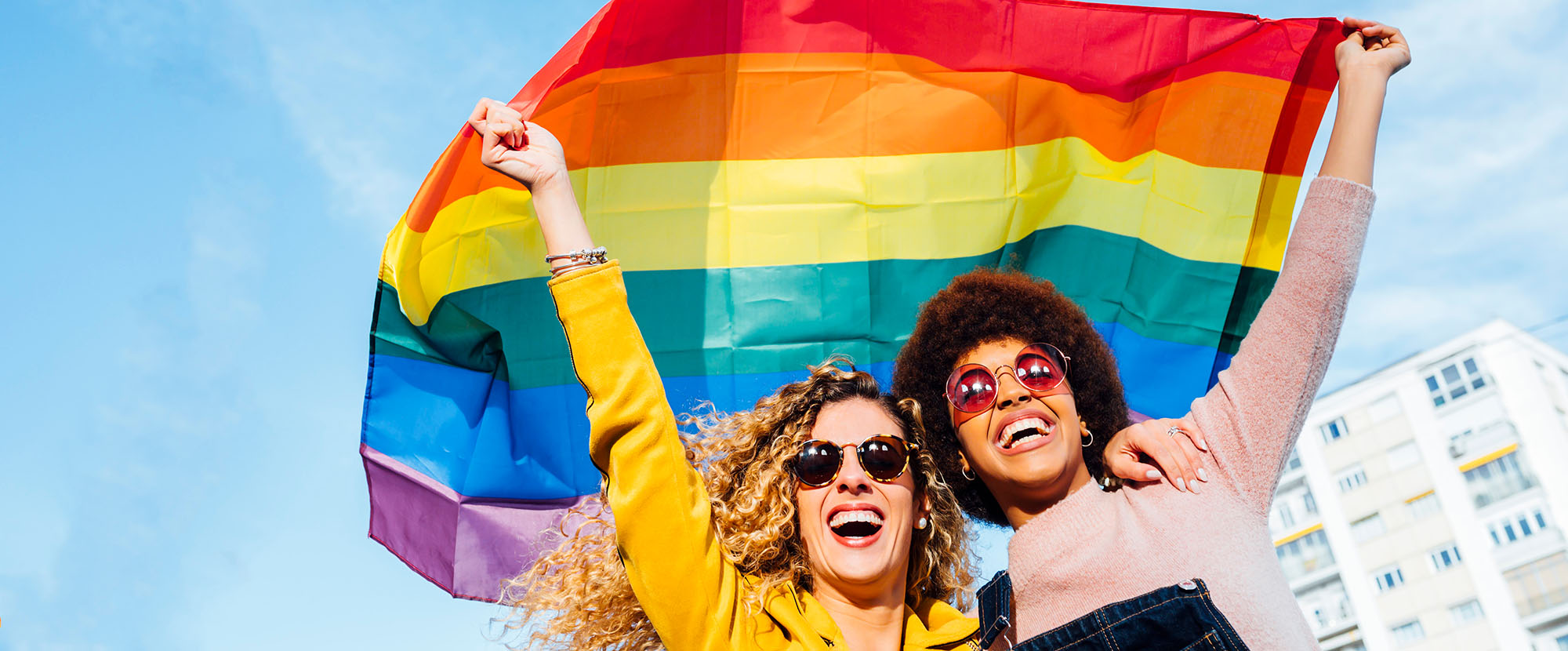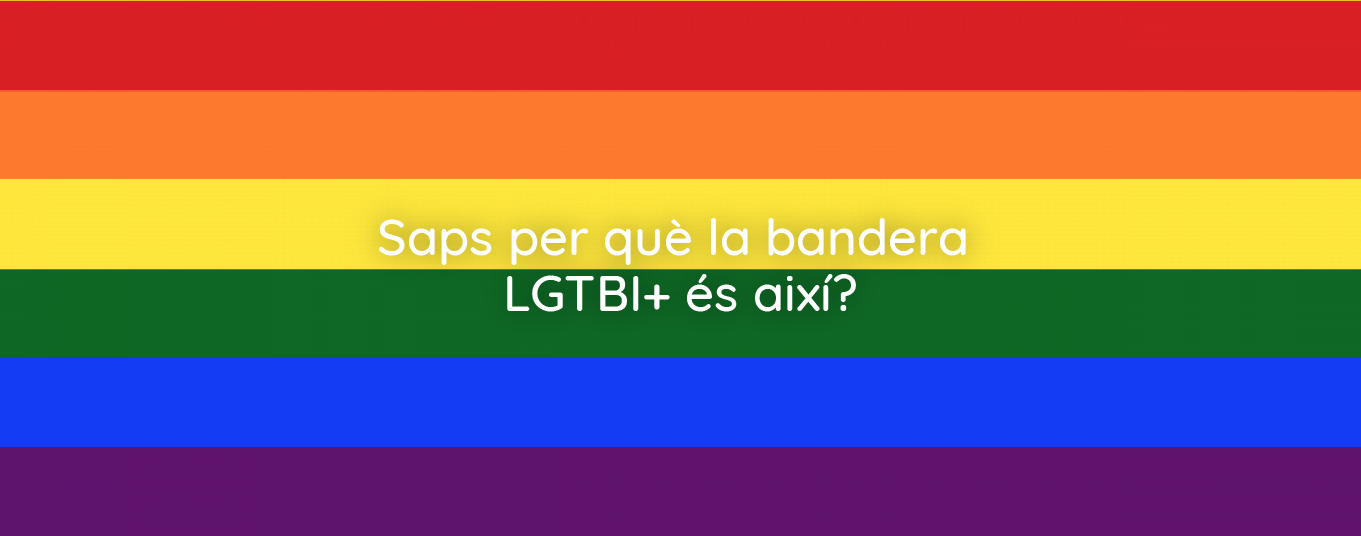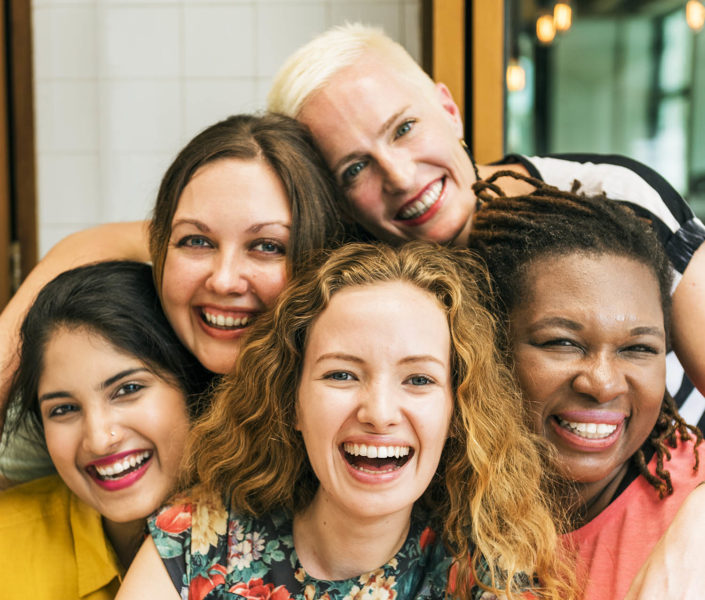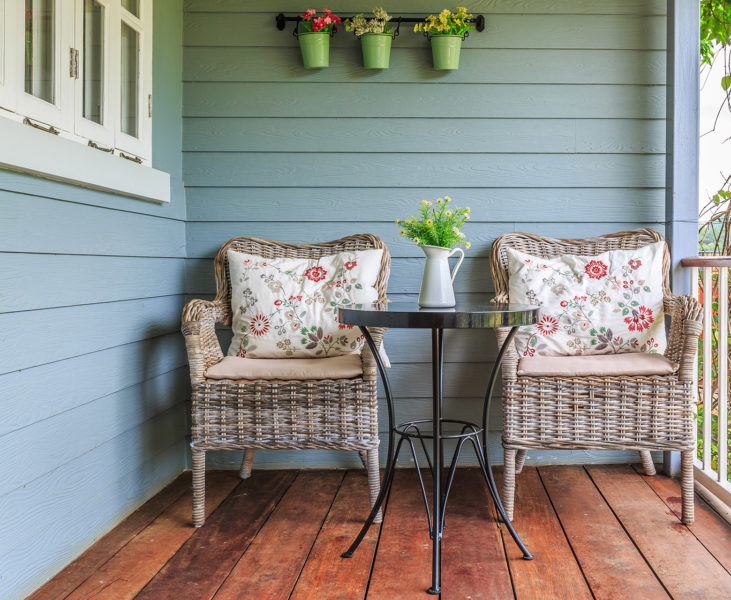

Why does the LGTBI+ flag have 6 colours?
Surely we have all seen it and know how to identify it. Perhaps we won’t be able to place the stripes in the right order, or say exactly which colours make it up, but it is unmistakable. What not everyone knows is that it has not always looked the same, we explain why.
LGTBI+ Pride Day is celebrated internationally on 28 June to commemorate the Stonewall Pub riots in New York in 1969. That day is considered to have marked the beginning of the gay community’s struggle when they stood up and demonstrated against a police raid on the premises.
Since then, every year there have been demonstrations, marches and parties to celebrate the uprising of a struggle that until then they had not dared to carry out. And in all these events we can see every year all over the world, there is an image, a symbol, that unites them: the rainbow flag.
The birth of a symbol of protest
The idea for the flag came from activist Harvey Milk, who asked artist Gilbert Baker to create a recognisable emblem for the community. In this way, they abandoned the pink triangle that had been used in Nazi concentration camps to mark homosexuals, and which up to that time had been used as a symbol of vindication for the collective.
The US bicentennial celebration and the song “Over the rainbow” are two versions of what might have inspired the creation of this colourful flag, which originally had 8 stripes, and which needed 30 volunteers to dye and sew the first two that were made.
It was first displayed in San Francisco on 25 June 1978 and became the most important and popular symbol of the gay community when the ideologue, Harvey Milk, was assassinated in November of the same year. Since then, the rainbow flag has undergone several modifications.
What do the colours of the flag mean?
The 8 colours of the original flag were not chosen by chance, but had a meaning:
- PINK: Sexual diversity.
- RED: Life, the need to live homosexuality to the full.
- ORANGE: Health of body and spirit, indicating that being gay is not an illness.
- YELLOW: Sunlight and the energy of the community.
- GREEN: Nature, for genders which are defined outside of masculinity or femininity.
- TURQUOISE: The magic and art surrounding the movement.
- BLUE: Serenity and harmony.
- VIOLET: The human spirit.
Following the assassination of Harvey Milk, the demand for flags increased, but businesses and workshops that manufactured them did not have enough pink fabric, as it was not widely available, and this made production more expensive. So it was decided to dispense with this colour.
Turquoise also disappeared over time, and there are several theories about this. On the one hand, some say that the flag began to be hung vertically in San Francisco, and it was confused with the reflections of the flagpole; others say that the fact that there were seven colours made it lose harmony as it was an odd number, but what seems to be the real reason, as Gilbert Baker himself stated, is that it reduced production costs, as had happened with the pink colour.
Subsequently, there have been some modifications that have added colours trying to represent the diversity of races, in honour of all the deaths caused by HIV in the 80s, and there has even been an attempt to return to the original 8 stripes. These are modifications that have not ended up finding support, so the LGTBI symbol par excellence has been definitively represented in the design with the 6 stripes that we have all seen and recognise.
Do you want to be the first to receive the latest news about 11Onze? Click here to subscribe to our Telegram channel






Molt instructiu, gràcies!
Gràcies, Josefina pel teu comentari, ens veiem per La Plaça
👍
Gràcies, Joan! Ens veiem per La Plaça!
Sempre s’aprenen coses noves.
Gràcies per aprendre amb nosaltres!!
Gràcies
D’acord, molt interessant. Però que volen dir les franges negre i marró?
Gràcies!
Marina, representen la diversitat de races!
Ha estat una sorpresa el definir cada color, tenia entès que representaven la descomposició de la llum i prou. Gràcies per aclarir-ho.
Per això estem Miquel, m’alegra que t’hagi agradat!
Mira que l’havia vist cops no sabia que significaba cada color
Gracies
D’això es tracta Alícia, d’aprenentatge mutu. Ens veiem a la Plaça